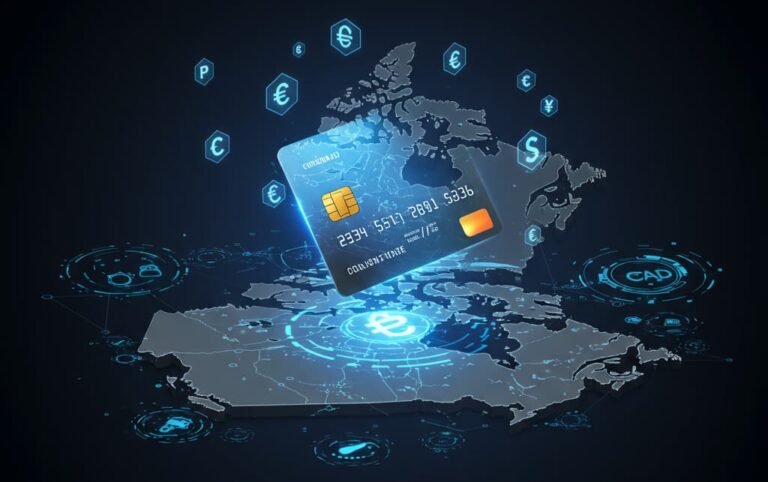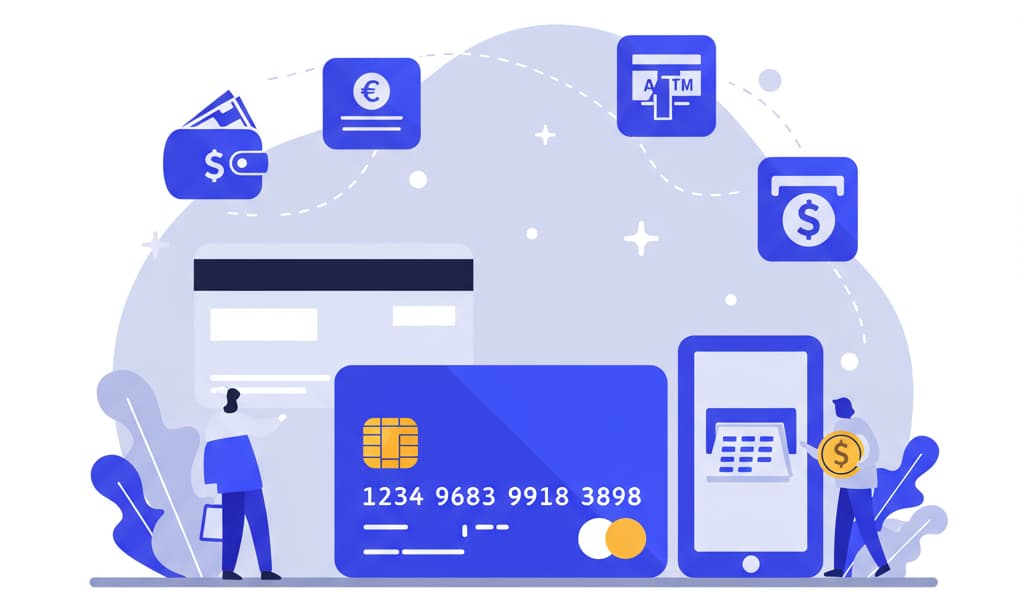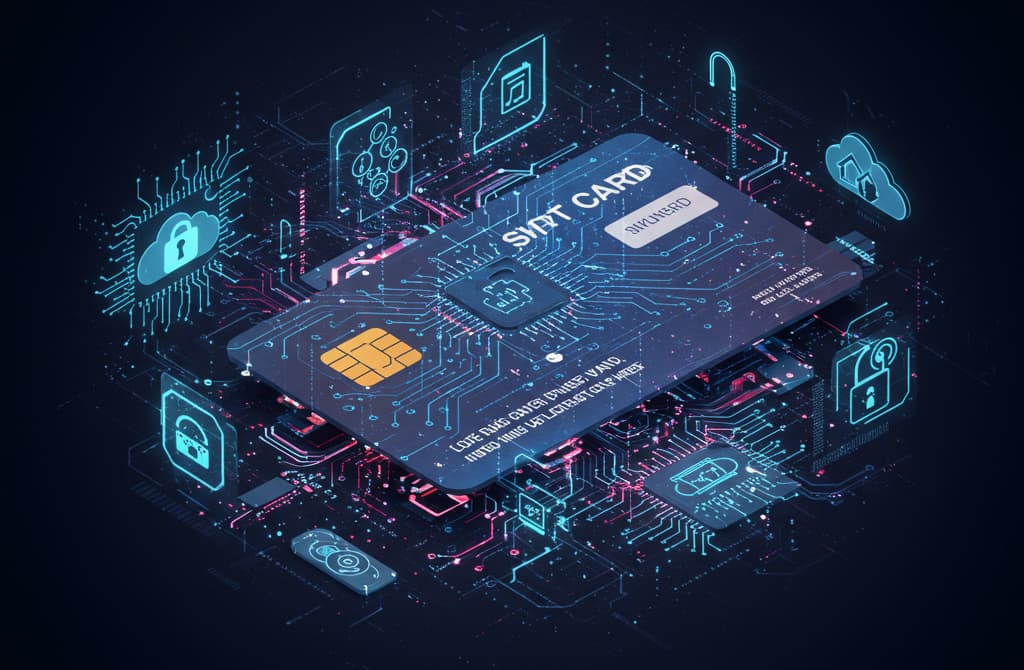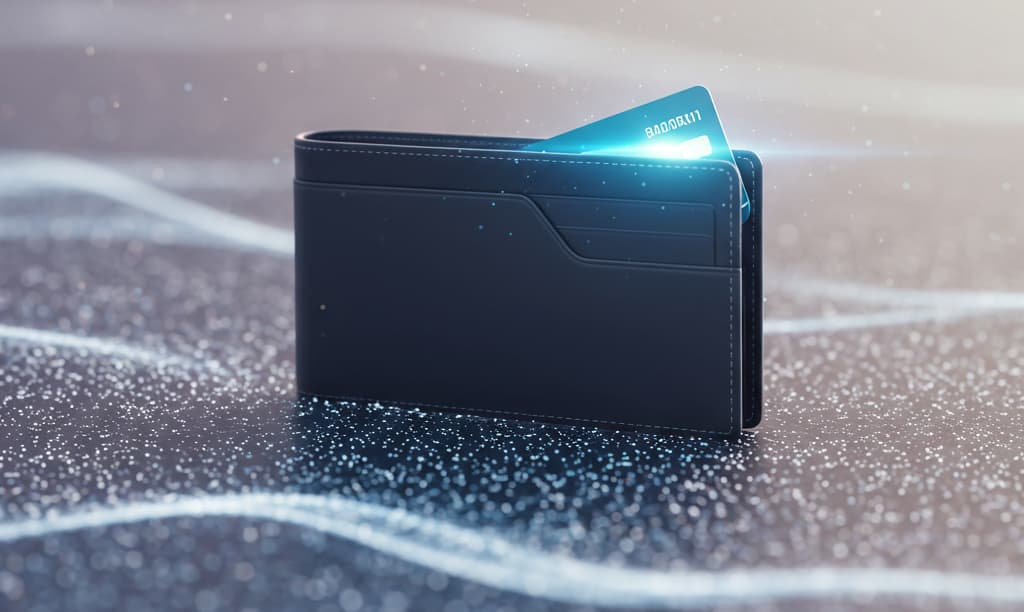If you’re new to Canada, planning to move here, or just trying to better understand modern banking, this guide is for you. Whether you’re a student, a newcomer, or a long-time resident, knowing how to get a debit card in Canada is essential. And with AI technologies now entering the banking space, the debit card is getting a futuristic makeover.
From simple tap-and-go transactions to smart cards that learn from your habits and protect you from fraud, the world of debit cards is evolving fast. This article breaks it all down in easy language.
What Is a Debit Card and Why Do You Need One?
Let’s start with the basics. A debit card lets you:
- Access money from your bank account instantly
- Pay for items in-store or online
- Withdraw cash from ATMs
- Avoid carrying physical cash
Unlike credit cards, debit cards only let you spend what you already have in your account—no borrowing, no interest (unless you overdraw).
In Canada, debit cards are widely accepted almost everywhere—from Tim Hortons to Walmart to your local corner store.
Step-by-Step: How to Get a Debit Card in Canada in 2025
Getting a debit card is a straightforward process. Here’s how:
1. Choose a Bank or Credit Union
Popular banks in Canada include:
- RBC (Royal Bank of Canada)
- TD Canada Trust
- Scotiabank
- BMO (Bank of Montreal)
- CIBC (Canadian Imperial Bank of Commerce)
- Tangerine (online bank)
- Desjardins (Quebec-based credit union)
2. Open a Chequing Account
To get a debit card, you must open a chequing account. Most banks offer beginner packages for:
- Students
- Seniors
- Newcomers (permanent residents, refugees, work permit holders)
3. Submit Required Documents
Bring the following:
- Government-issued ID (passport, PR card, work/study permit)
- SIN (Social Insurance Number)—optional but helpful
- Proof of address (lease agreement, utility bill, etc.)
4. Activate Your Debit Card
You’ll receive your debit card right away or by mail within 5–7 business days. Then:
- Set a 4-digit PIN
- Activate the card at an ATM or via online banking
5. Start Using It
Once activated, you can start using your debit card for payments and withdrawals.
AI is Transforming the Debit Card: Welcome to Smart Cards
We’ve talked about how to get a debit card in Canada. Now let’s talk about what’s next.
In 2025, debit cards aren’t just plastic rectangles—they’re becoming AI-integrated smart cards. What does this mean?
What Are Smart Cards?
Smart cards are upgraded debit or credit cards with built-in chips that do more than just transactions:
- Real-time fraud alerts
- Location-aware security (only works if you’re near your phone)
- Personalized spending insights
- Voice or fingerprint authentication
How AI Makes It Smarter
AI (Artificial Intelligence) makes these smart cards more powerful:
- Detects unusual spending and blocks fraudulent transactions
- Suggests savings tips based on your spending habits
- Predicts your cash needs and ATM withdrawal times
- Warns you before you overspend
Why Smart Cards Matter in Canada
Canada is a leader in fintech. Banks like TD and RBC are already testing AI-powered solutions to improve:
- Customer experience
- Security
- Transaction speed
With rising fraud in digital transactions, AI helps prevent identity theft and scams—especially useful for seniors and newcomers.
Real-World Examples
- RBC’s NOMI is an AI tool that helps users track spending and save automatically.
- TD’s Clari is a chatbot that answers banking questions 24/7.
- Desjardins uses biometrics to improve card security in Quebec.
What It Means for You
Let’s make this practical:
- Safer Shopping: If someone steals your card, AI might block the transaction.
- Easier Budgeting: Get personalized alerts and savings advice.
- Faster Access: Smart cards load quickly and work globally.
Pros and Cons of Smart Debit Cards
Pros:
- Advanced security features
- Real-time tracking and insights
- Helpful AI-driven advice
Cons:
- Requires digital literacy
- Some privacy concerns
- May not be available in all banks yet
How to Upgrade to a Smart Card in Canada
Here’s how to check if your bank offers AI-smart cards:
- Visit your bank’s website
- Search for “smart card” or “AI features”
- Contact customer service or visit a branch
If your bank doesn’t offer one yet, you can:
- Use mobile banking apps with AI tools (like NOMI or Clari)
- Use budgeting apps like Mint or YNAB that connect to your debit card
Tips for Newcomers and Seniors
If you’re new to Canada or not comfortable with tech, here are tips:
- Ask for in-branch help when setting up your card
- Use trusted banks with clear language and 24/7 support
- Don’t share your PIN or personal info with anyone
Quick Summary: Getting a Debit Card in Canada
| Step |
Action |
| 1 | Choose a Canadian bank or credit union |
| 2 | Open a chequing account |
| 3 | Provide ID and address proof |
| 4 | Receive and activate your card |
| 5 | Explore smart card features or mobile banking tools |
Final Thoughts: The Future Is Here—But Still Human
AI is not here to replace people—it’s here to assist. Whether it’s suggesting better savings habits or stopping fraud before it happens, AI-powered debit cards are becoming everyday tools for Canadians.
But remember: technology is only helpful if it’s understandable and accessible. That’s why Canada’s banks are making sure these tools are user-friendly, especially for non-native English speakers, seniors, and newcomers.
As we move forward in 2025, ask yourself: How can I use these tools to better manage my money and stay secure?
References:
- Government of Canada – Financial Consumer Agency: https://www.canada.ca/en/financial-consumer-agency.html
- RBC NOMI: https://www.rbcroyalbank.com/digital/nomi.html
- TD Clari: https://www.td.com/ca/en/personal-banking/clari
- Desjardins Security: https://www.desjardins.com/ca/security/index.jsp
- Statistics Canada: https://www.statcan.gc.ca/





